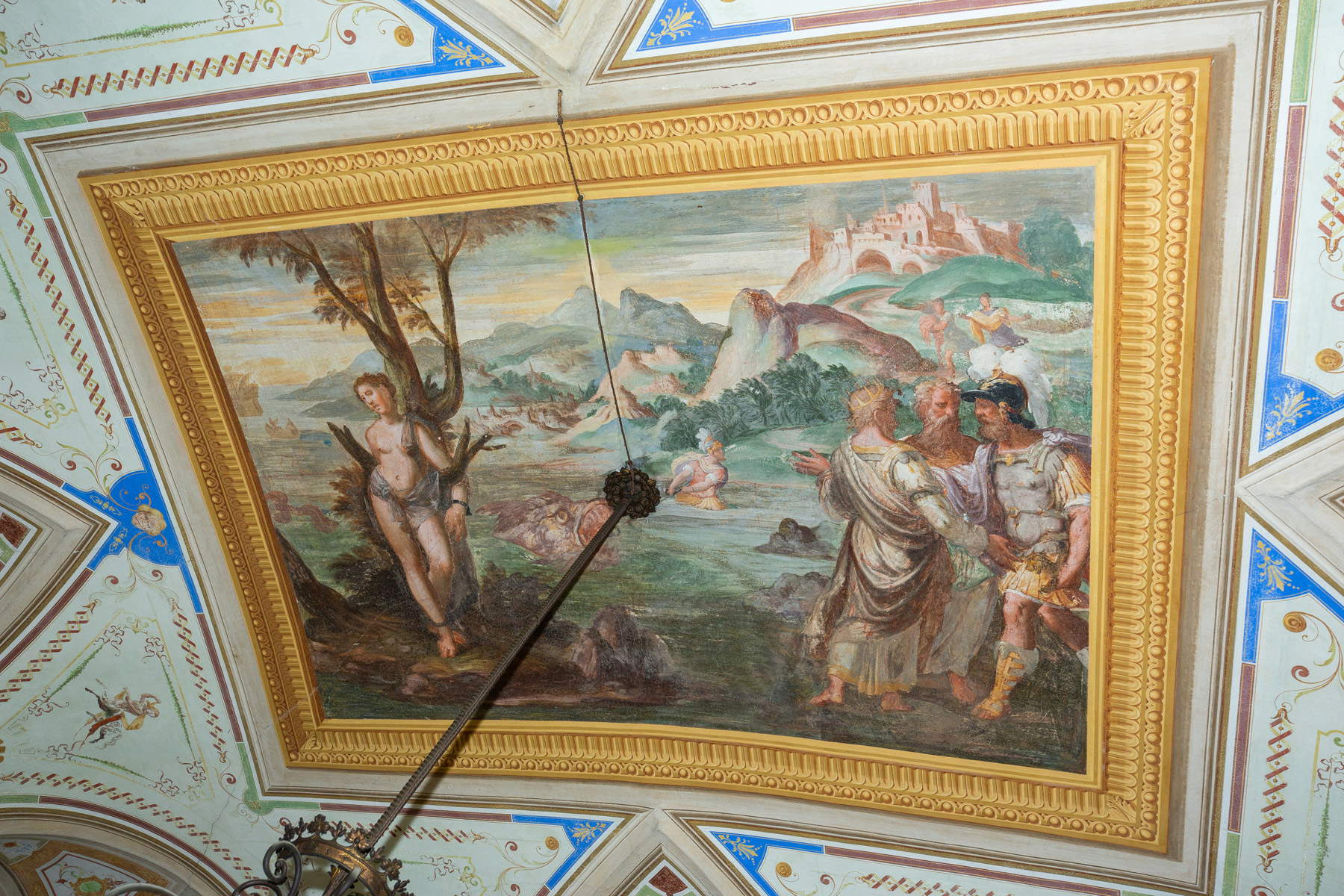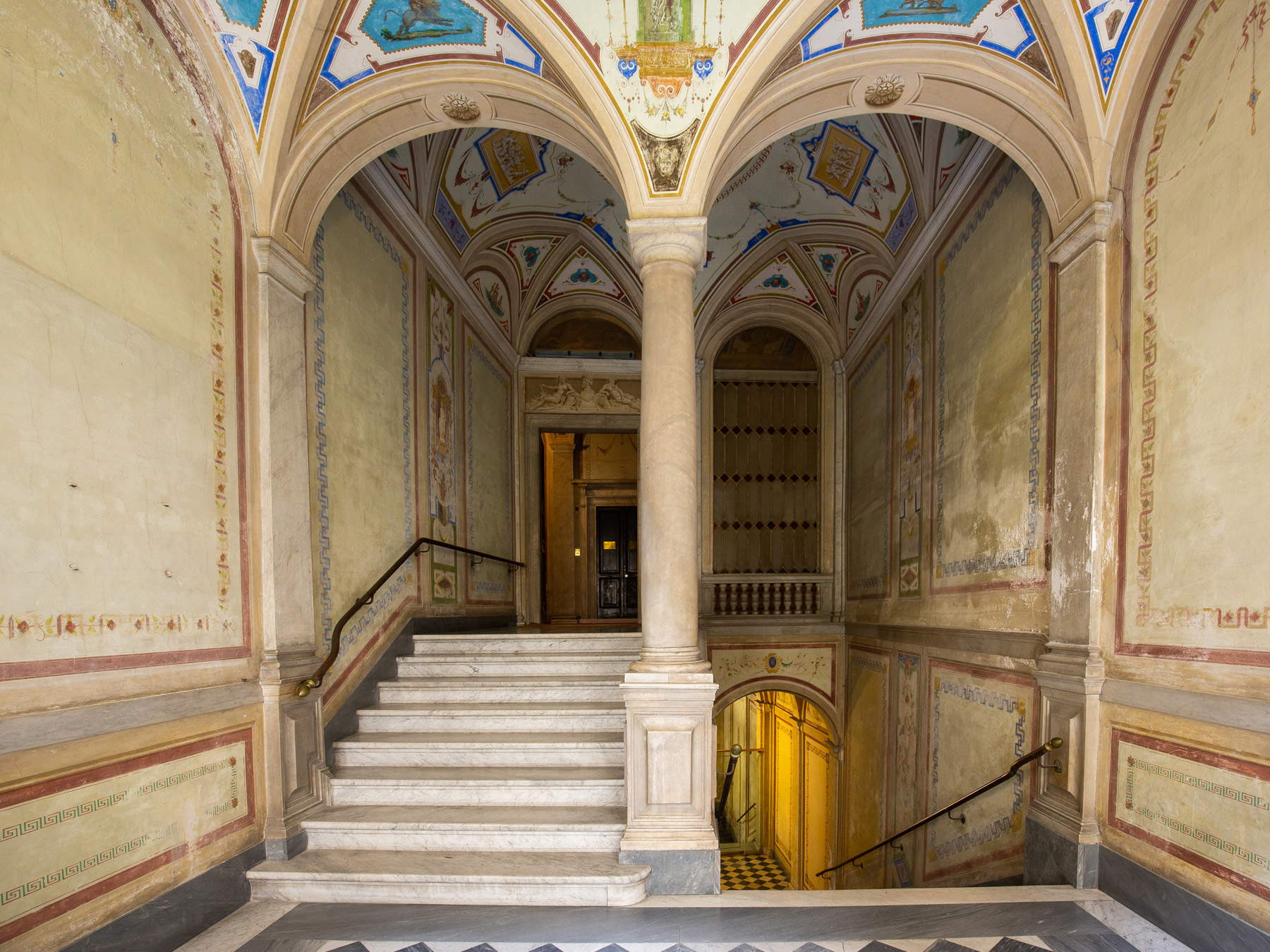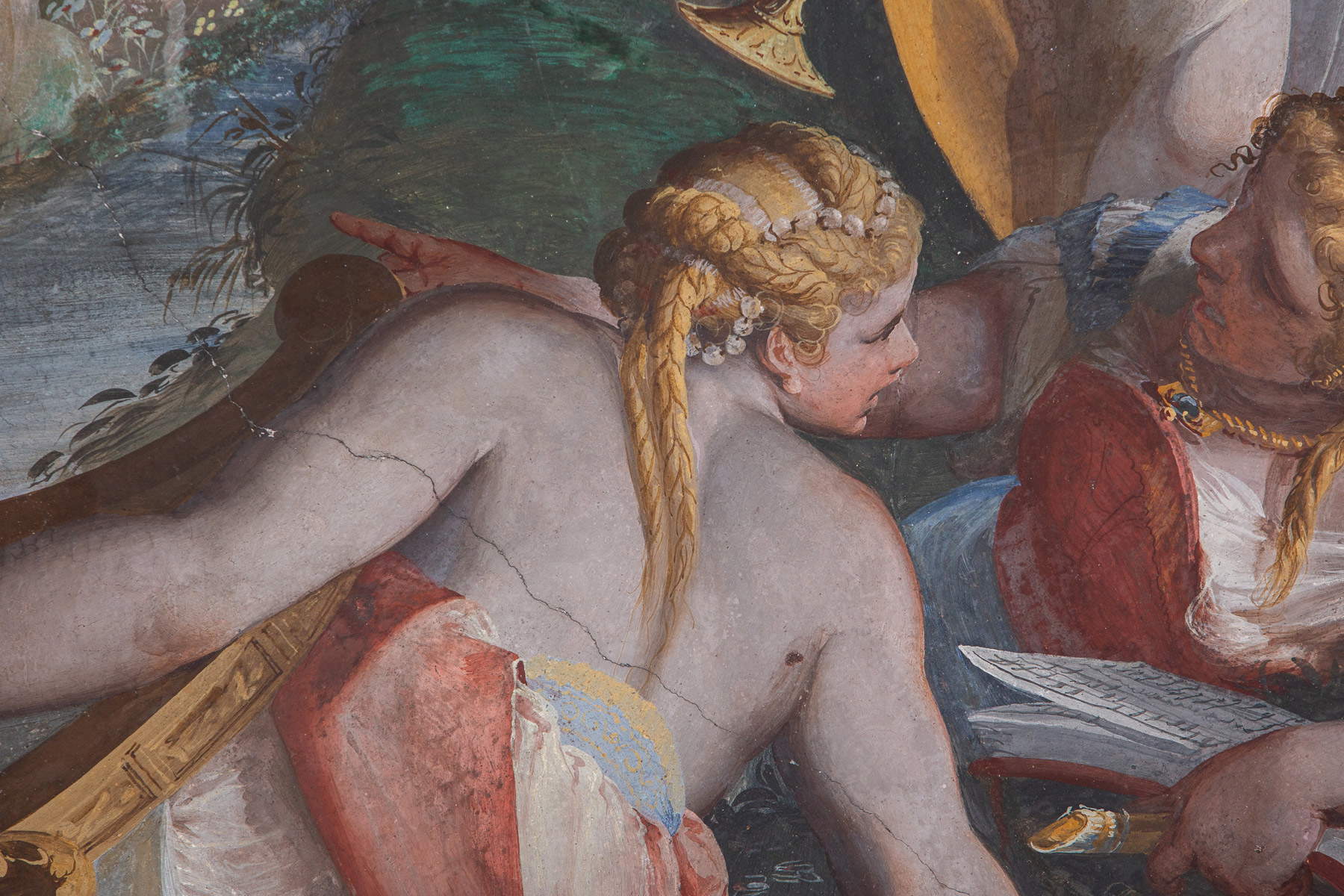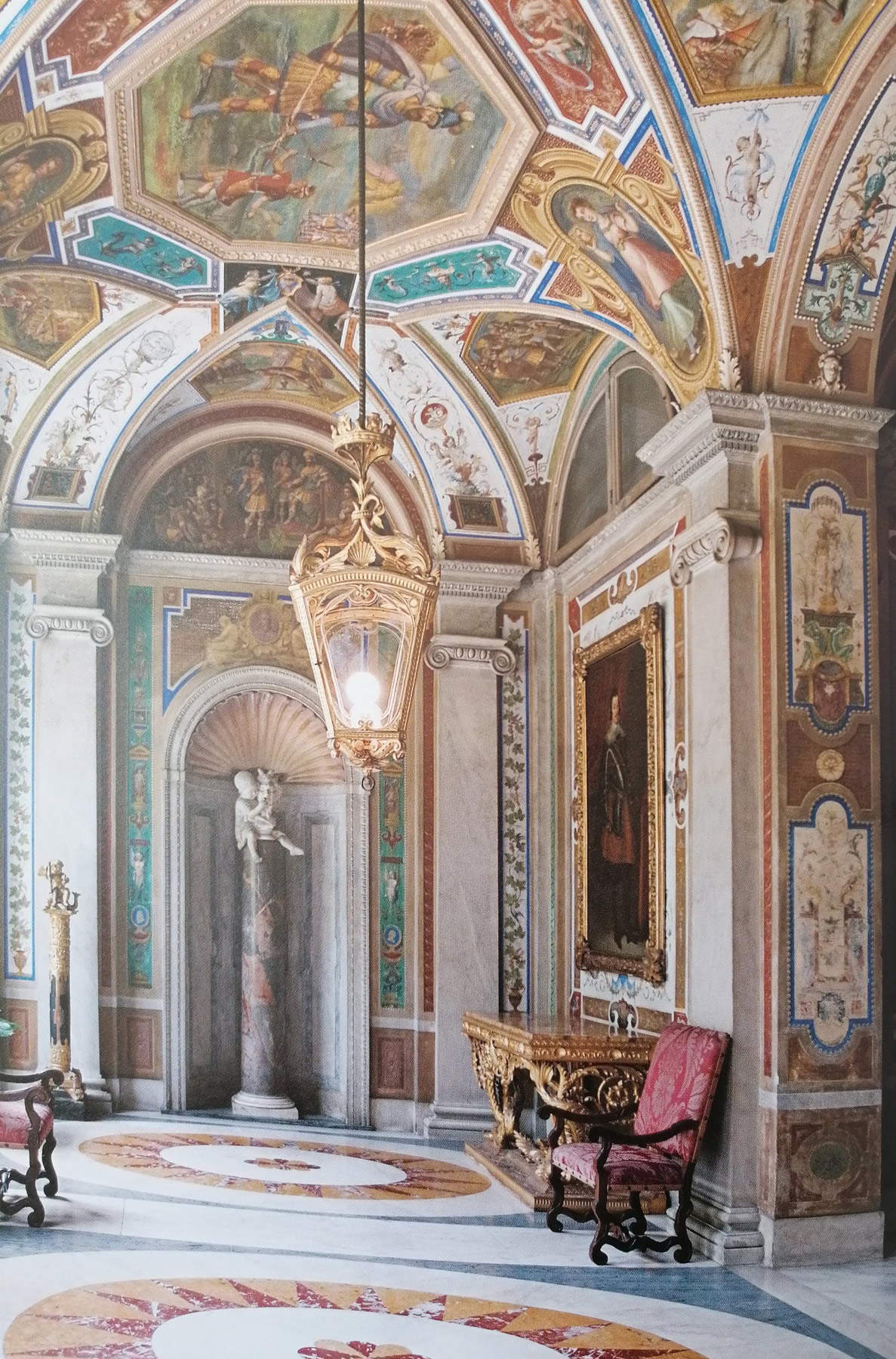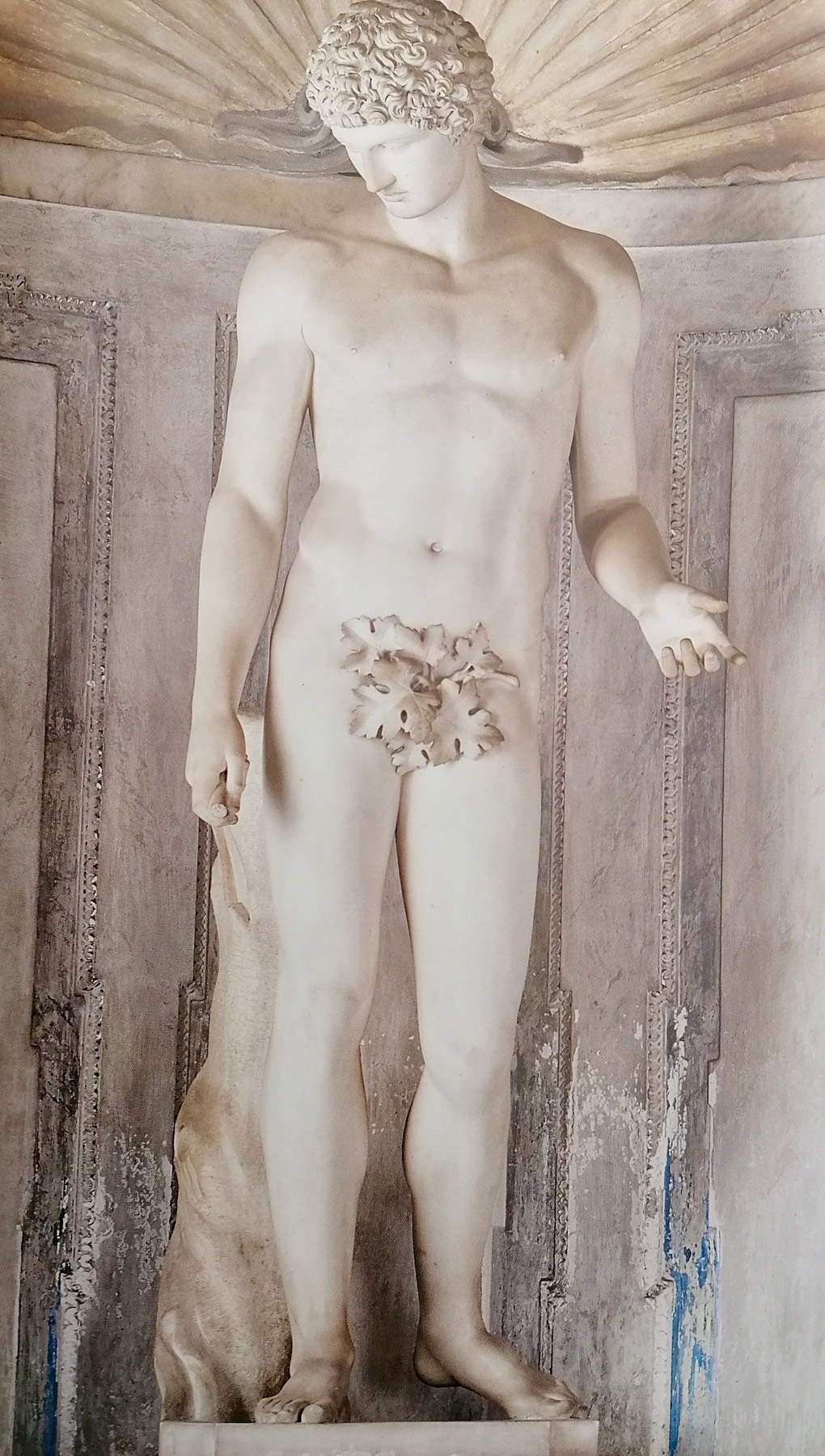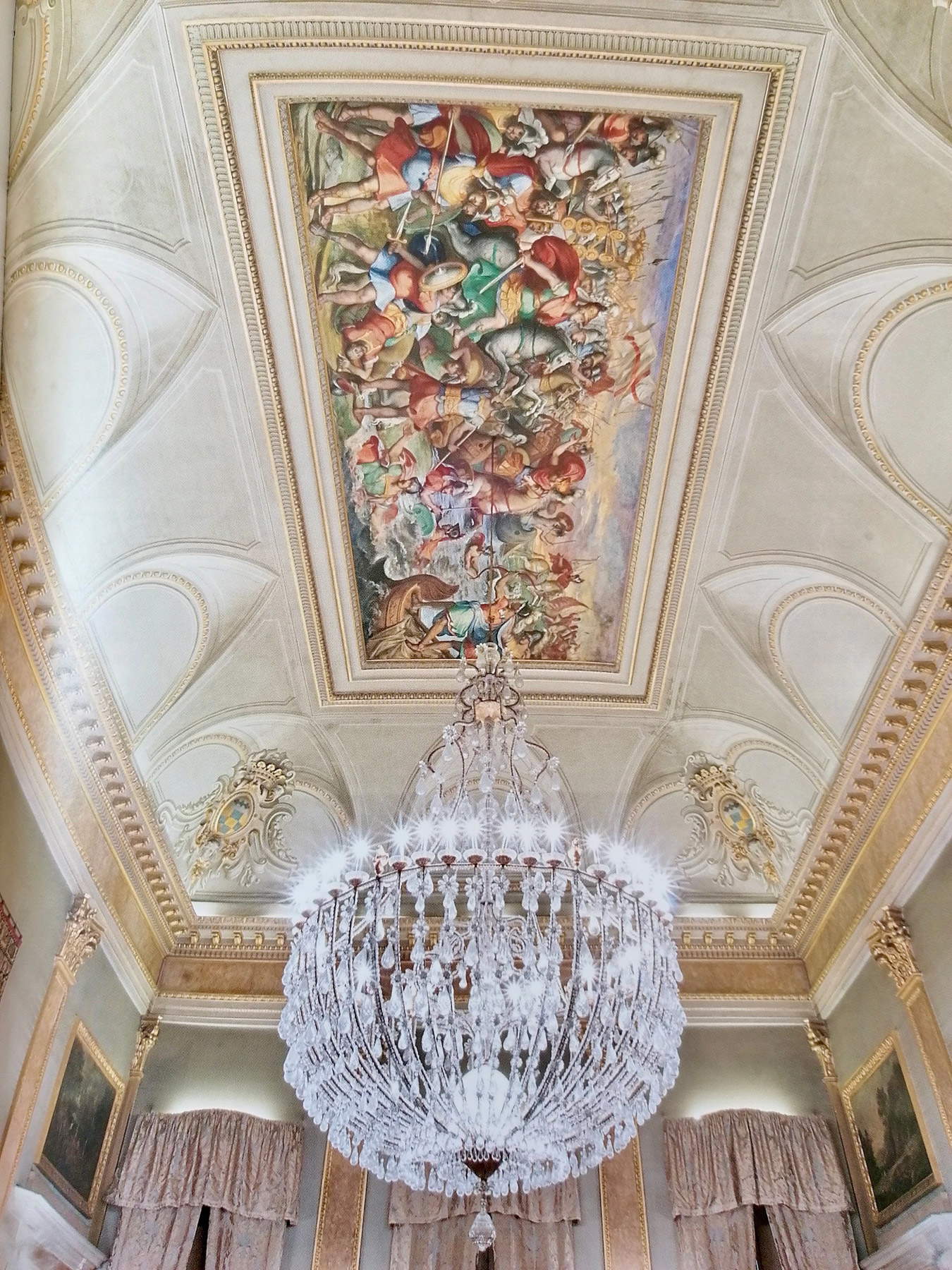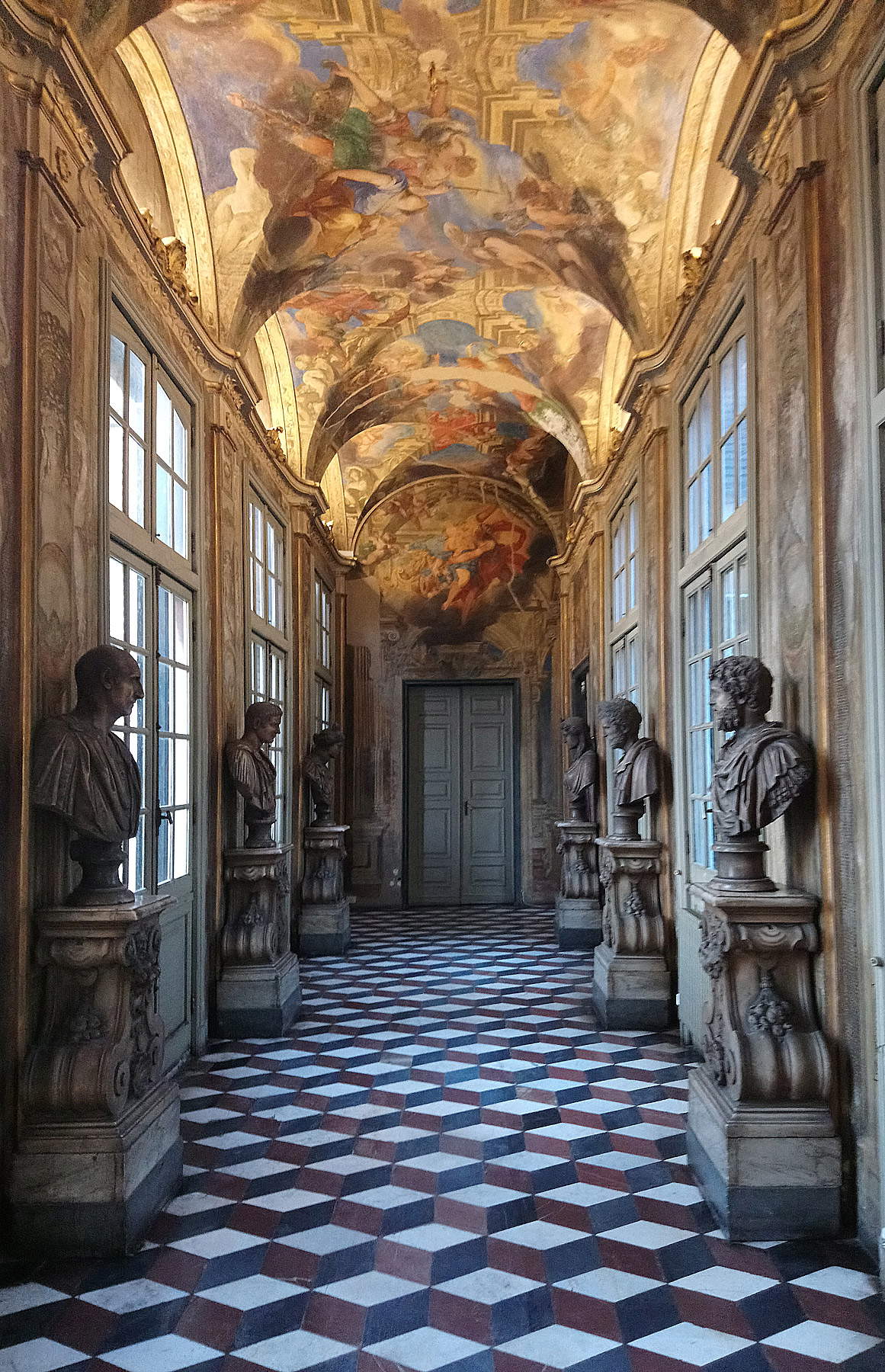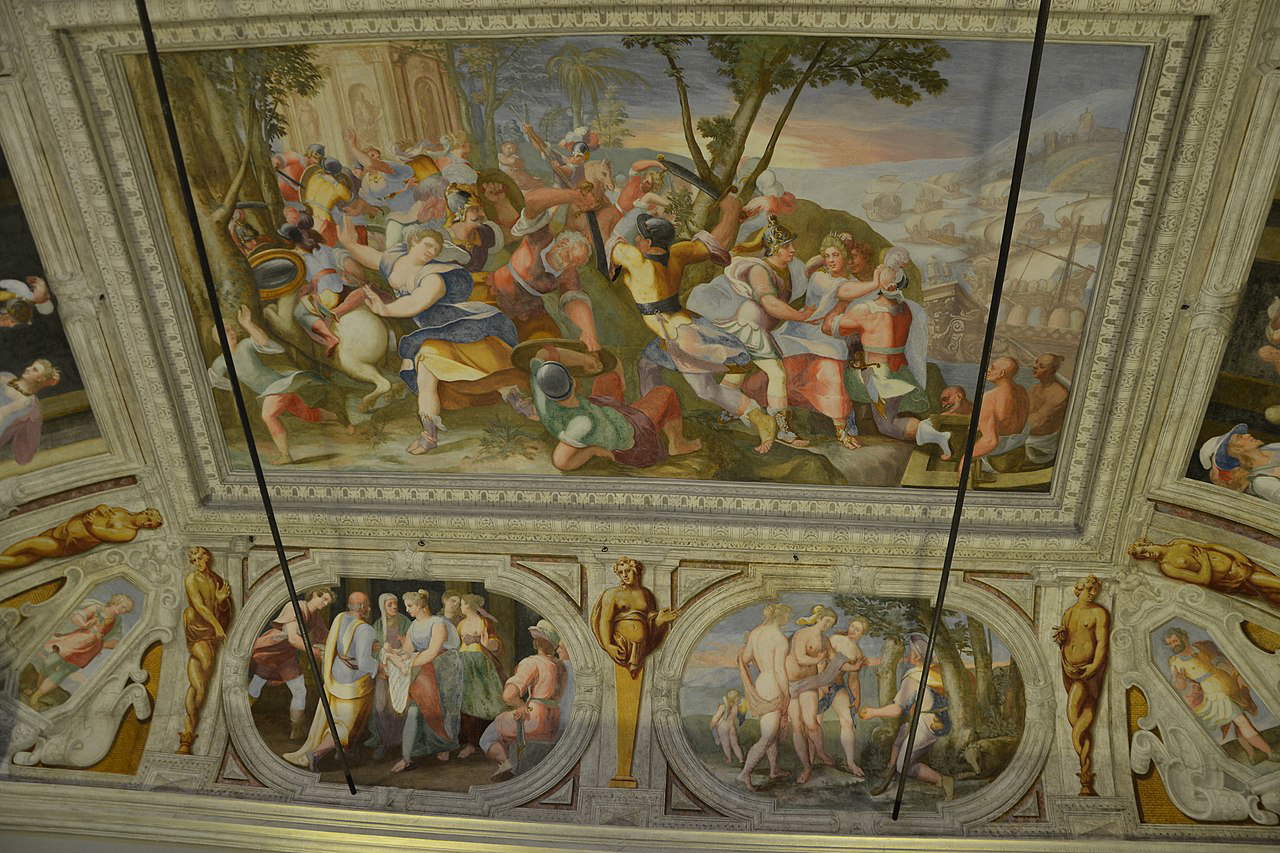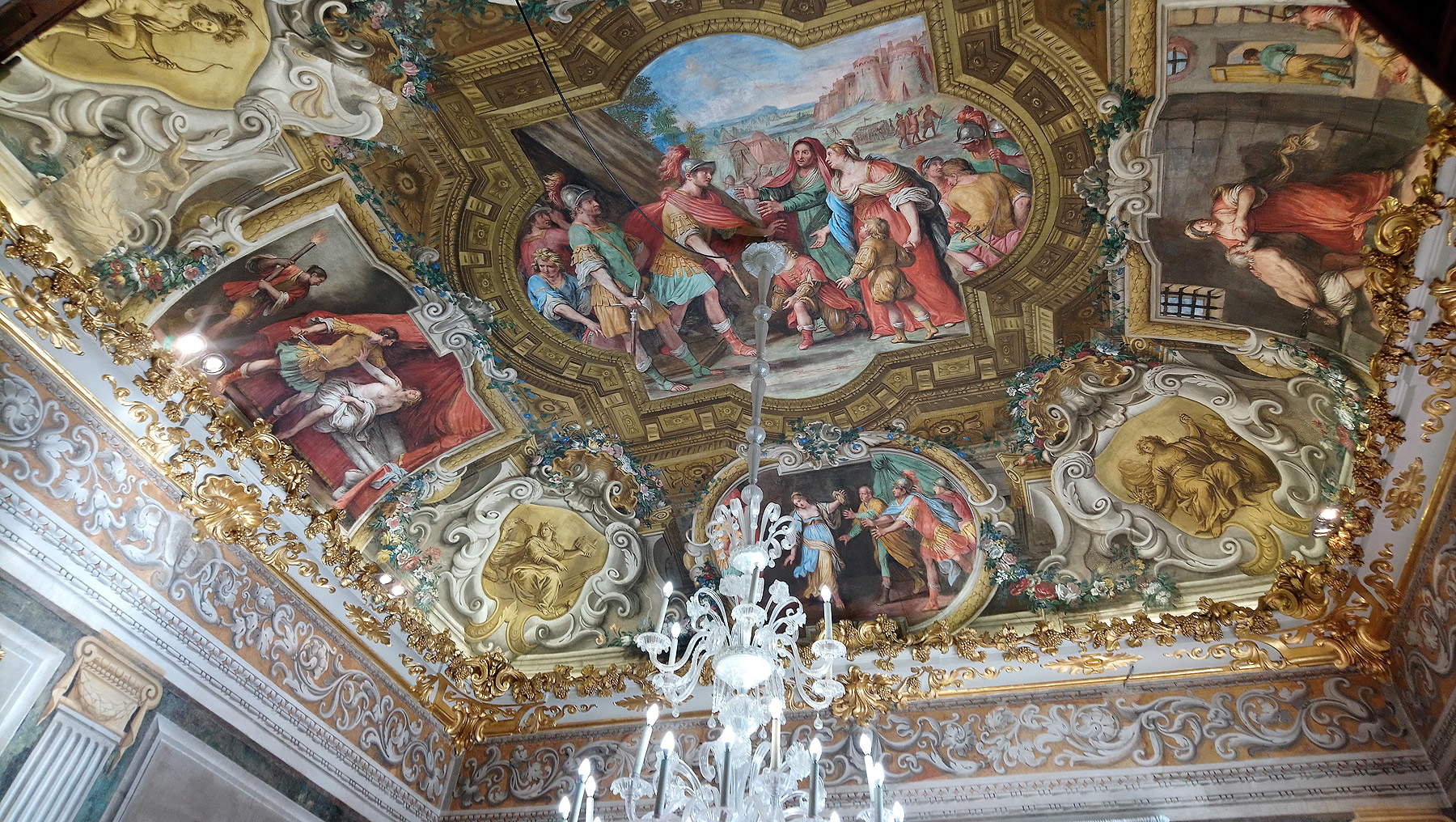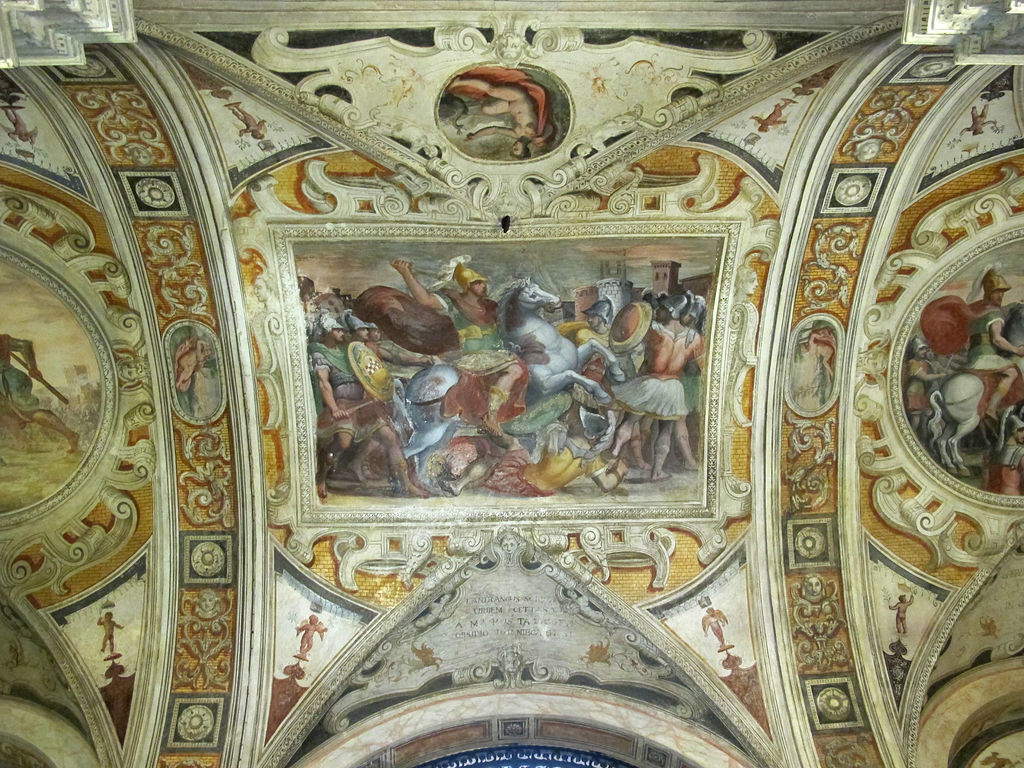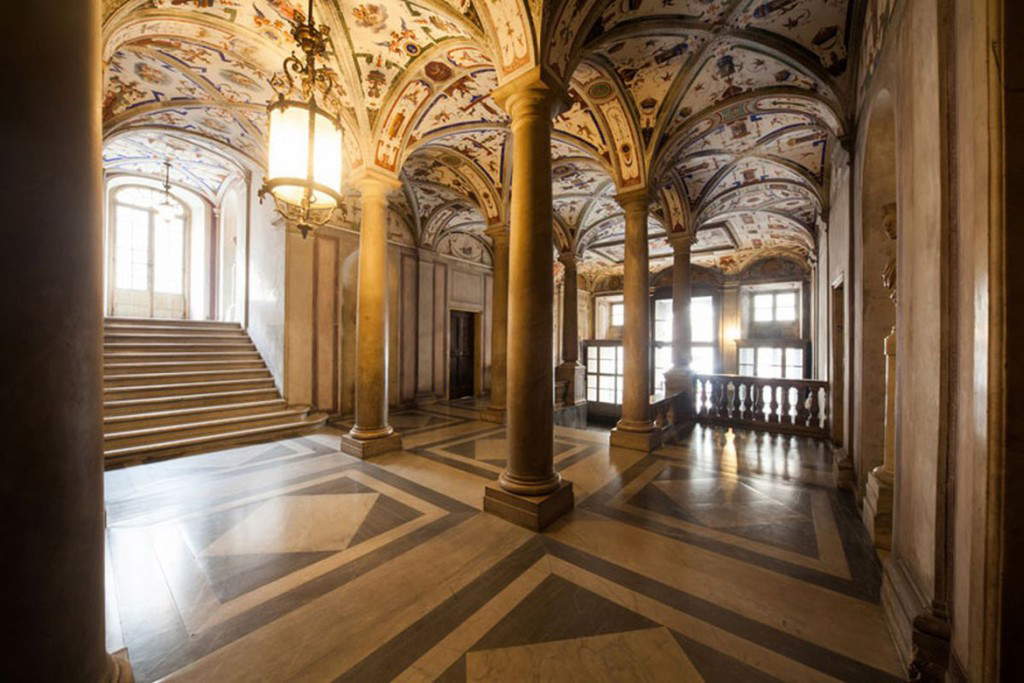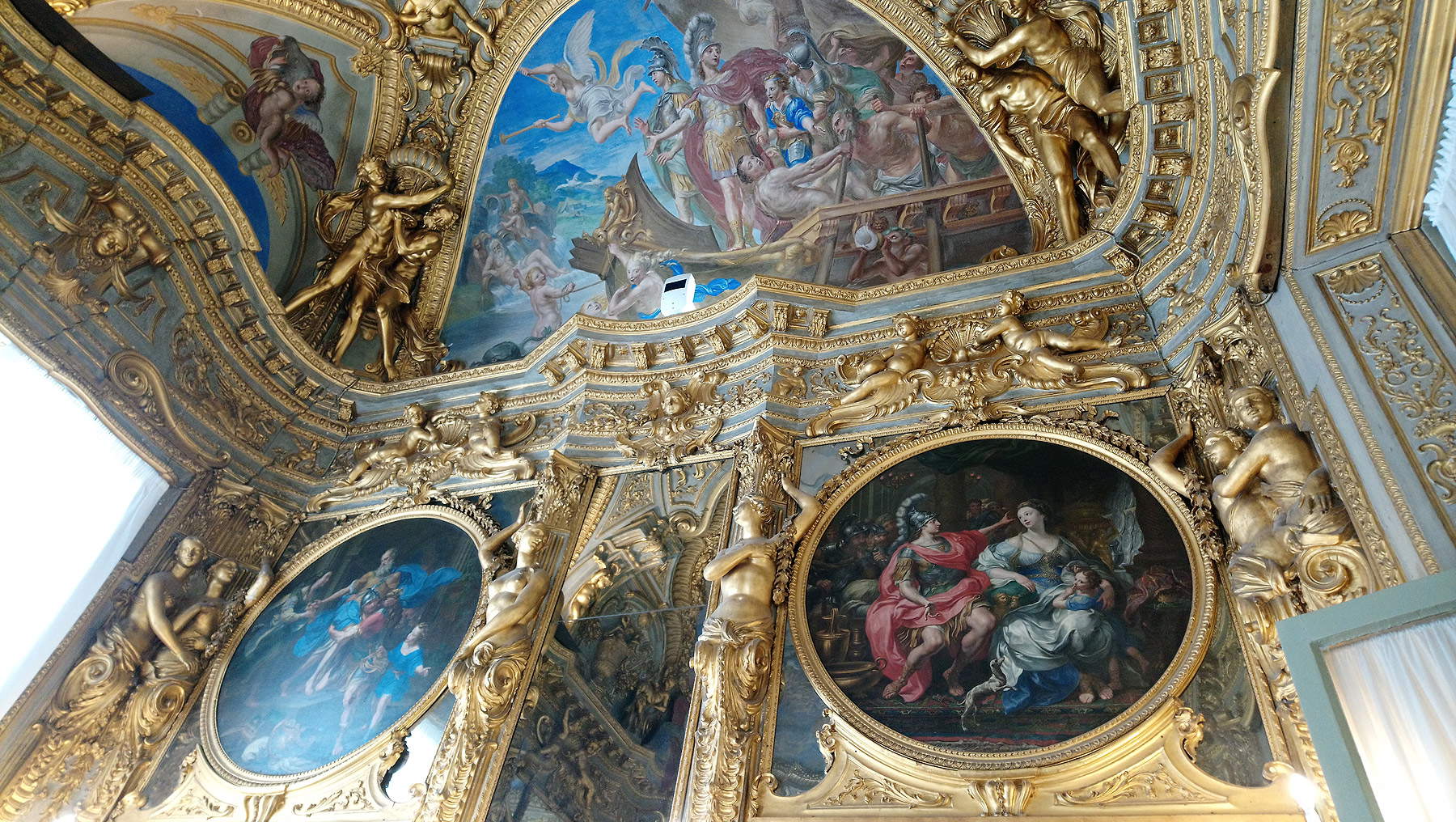by Redazione , published on 14/04/2020
Categories: News Focus
/ Disclaimer
Here's a preview of what's new in the first digital edition of Genoa's Rolli Days, the traditional event that opens the doors of the city's historic palaces.
It will be a very special Spring 2020 edition of Rolli Days in Genoa , scheduled for May 16 and 17: for the first time, in fact, the now traditional event that opens the doors of the city’s historic palaces will not be able to take place live, due to thehealth emergency over the Covid-19 coronavirus pandemic. The organizers (the University of Genoa, the City of Genoa and the many owners of the palaces) have therefore decided to celebrate the event with a highly original Digital Week, which will not be merely a virtual surrogate for a highly successful event that twice a year (in spring and fall) brings in about a hundred thousand visitors, including residents and tourists, to the residences of Genoa’s ancient aristocracy. The project revolves around a fundamental assumption, the one that has turned the Rolli Days into a highly successful initiative: the presence of young professionals from the humanities who, during the two-day Genoese event, collaborate as scientific popularizers: for Digital Week they will be the guides who will still take the public to explore the palaces, and especially those that have never before been open to the public.
And so the digital medium becomes a tool in the service of culture, as explained by art historian Giacomo Montanari, scientific curator of Rolli Days: "We do not want the Genoese, Italians and those who love Genoa and its cultural heritage to find themselves ’orphans’ of this experience. Therefore, the idea was born to transport the identifying features of the event linked to the Unesco site Genoa: the Strade Nuove and the Sistema dei Palazzi dei Rolli in digital format: not a simple ’pouring’, but a new reasoning on the potential that this medium could have in regard to these incredible sites."
The novelty of the Rolli Days in digital format lies precisely in the ability to bring the public to discover sites that otherwise would not be visitable because they would be impossible to open to the public in the traditional way, due to various problems. Thus, thanks to the web, the doors of some palaces that otherwise no one would have been able to walk through will be opened for the first time. It begins with Palazzo Spinola Pessagno, located in the Santa Caterina salita: the residence was built between 1558 and 1561 for Tommaso Spinola to the design of architect and painter Giovanni Battista Castello known as the Bergamasco (Crema, 1525/1526 - Madrid, 1569), and the public will have the opportunity to discover (even in advance of any scientific publication) the cycle of the exploits of Charles V, the work of Andrea Semino (Genoa, 1525 - 1595), and the only cycle of frescoes of its kind to have survived in all of Genoa. We then continue with Palazzo Stefano Squarciafico, also known as Palazzo Doria-Invrea, located at No. 5 Piazza Invrea: built in 1565, it was decorated in approximately 1571 by Ottavio Semino (Genoa, c. 1528 - Milan, 1604), and is characterized by its distinctive painted facade, which, however, originally covered a far greater extent than it does today (and was so magnificent that a great artist such as Giulio Cesare Procaccini was so surprised by it that he considered it the work of Raphael). The visit will allow one to appreciate the large decorated “strip” depicting the Rape of the Sabine women that is located under the cornice, but it will allow one to enter its rooms, adorned with the late 16th-century decorations of Semino, which reveal, along with the frescoes on the façade, all the antiquarian culture of Stefano Squarciafico, who was eager to give a sign of his strength (including political) by narrating the stories of ancient Rome on the façade of his residence (although we do not know for sure what the message was). Finally, the third new addition is Palazzo Interiano Pallavicino, a building that overlooks Piazza Fontane Marose, just a few steps from the beginning of Strada Nuova (today’s Via Garibaldi), where most of the Palazzi dei Rolli are based: also known as Palazzo Paolo and Nicolò Interiano, it was built between 1565 and 1567 by the Interiano family and the project was entrusted to Francesco Casella (the Pallavicino family are the current owners, however). Today the palace is home to the newly formed Pallavicino Foundation, established in the summer of 2019, but it has not yet been opened to the public: the digital Rolli Days will therefore be an opportunity to see for the first time the cycle of frescoes with biblical scenes, by Lazzaro and Pantaleo Calvi with inserts by Giovanni Battista Carlone (Genoa, 1603 - Parodi Ligure, 1684), the statue of Antinous created by Nicolò Stefano Traverso (Genoa, 1745 - 1823), one of Liguria’s leading neoclassical sculptors (so there will also be an opportunity to delve into the undiscovered language of neoclassical sculpture in Genoa), busts by Filippo Parodi (Genoa, 1630 - 1702), the greatest Baroque sculptor active in the city, the 16th-century staircase, and the overlook to the “invisible garden.”
 |
| Palazzo Spinola Pessagno |
 |
| Spinola Pessagno Palace |
 |
| Spinola Pessagno Palace |
 |
| Palace Spinola Pessagno |
 |
| Palace Spinola Pessagno |
 |
| Interiano Pallavicino Palace |
 |
| Interiano Pallavicino Palace |
 |
| Stefano Squarciafico Palace. Ph. Credit Finestre Sull’Arte |
In addition to the three “inaccessible” palaces (Palazzo Spinola Pessagno and Palazzo Stefano Squarciafico will not be visited even in the next “physical” editions of the Rolli Days, while Palazzo Interiano Pallavicino will open to visits), the digital Rolli days will allow the public to retrace rooms and rooms of some palaces (seven in total) that are great protagonists of all editions. The visit to Palazzo Rosso, which is currently closed for restoration, takes on particular significance: from the outside, visitors will climb up through the monumental staircase and dwell on the frescoes by Domenico Piola (Genoa, 1627 - 1703) and his son Paolo Gerolamo (Genoa, 1666 - 1724). There will also be digital visits to Palazzo Balbi Senarega, which houses the sumptuous cycle, created between 1655 and 1659, by Valerio Castello (Genoa, 1624 - 1659), one of the most spectacular examples of Baroque decoration in the city; and to Palazzo Ambrogio Di Negro, where we will admire Andrea Semino’s frescoes with images from the repertoire of classical literature and mythology; at Palazzo Spinola Gambaro, where the visit will focus on the fresco in the central hall, Domenico Piola’sAllegory of Peace , as well as the 17th-century decorations and late 18th-century stuccoes, but there will also be a way to enter the nymphaeum and garden; at Palazzo Angelo Giovanni Spinola, at thebeginning of Strada Nuova, and inside which is the fresco with the Battle of Gherardo Spinola against the Florentines, a work by the Calvi brothers and one of the most “beloved” works by the public of the Rolli Days; at Palazzo Brignole Durazzo, where you will see works such as the Sala dell’Aurora decorated by Gregorio De Ferrari (Porto Maurizio, 1647 - Genoa, 1726) and the Prometheus cycle by Gregorio’s son, Lorenzo De Ferrari (Genoa, 1680 - 1744); at Palazzo Tobia Pallavicino, another “great classic” and “star” of Rolli Days, home of the Chamber of Commerce, which houses the 16th-century decorations by Bergamasco and the spectacular Galleria Dorata with works on mythological subjects by Lorenzo De Ferrari.
 |
| Palazzo Rosso. Ph. Credit Finestre Sull’Arte. |
 |
| Palazzo Balbi Senarega. Ph. Credit Finestre Sull’Arte |
 |
| Ambrogio Di Negro Palace. Ph. Credit Carlo Dell’Orto |
 |
| Spinola Gambaro Palace. Ph. Credit Finestre Sull’Arte. |
 |
| Angelo Giovanni Spinola Palace. Ph. Credit Francesco Bini |
 |
| Brignole Durazzo Palace |
 |
| Tobia Pallavicino Palace. Ph. Credit Finestre Sull’Arte |
Everything will be made available through a special web portal that will be launched soon and will include all the content organized in the form of a television schedule: on the basis of a pre-established timetable, visits to the palaces will go online as first viewings, which will therefore first be broadcast according to a precise schedule and then remain available to all. There will be ten videos that will take visitors to all the palaces, and the guiding will be done by science popularizers under 35 , who represent the real “flagship” of the Rolli Days project (in the last five years, more than 400 work contracts have been given to young professionals, and this has made Genoa a real incubator of science popularization in the humanities, thanks to the work of many popularizers from all over Europe). Tours will be conducted by Lucia Bergamo (Palazzo Rosso), Irene Carobbi and Alessia Nardi (Palazzo Tobia Pallavicino), Chiara Carpentieri (Palazzo Brignole Durazzo), Giorgio Della Casa (Palazzo Stefano Squarciafico), Ambra Larosa (Palazzo Balbi Senarega), Claudia Lopez (Palazzo Interiano Pallavicino), Marta Magi (Palazzo Spinola Gambaro), Yuri Molino (Palazzo Ambrogio Di Negro), Pietro Toso (Palazzo Angelo Giovanni Spinola), Beatrice Zulian (Palazzo Spinola Pessagno). Throughout the entire week of Rolli Days , new content will also be made available on the same portal by all the entities (associations, museum bodies, private individuals) collaborating in the realization of the event. But there will be more than just visits to the palaces, because the Rolli Days is an event about Genoese culture in a broad sense: space will therefore be made for in-depth studies on culinary culture, the Genoese language, and the history of materials (for example, textiles).
Research, education and quality of dissemination are the pillars on which Rolli Days has always been based and on which the first totally digital edition will also be based. “The narrative medium changes,” Giacomo Montanari points out, “but the characteristics of an event that has always shown that it focuses everything on ’how’ heritage is narrated and not on ’to how many’ visitors. This time, since we can no longer bring people from the works, it will be videos, photos, and multimedia content that will bring the Unesco Heritage of the Palazzi dei Rolli into the homes of everyone, Italians, foreigners, the curious and experts alike, and tell (between words and images, just as the aristocrats of the Superba did in the 16th century) the greatness of this city at the height of its success.”
“This edition of Rolli Days,” says Barbara Grosso, councillor for culture of the City of Genoa, "does not see digital as a ’necessity,’ but intends to exploit its potential to take people where they could not have gone. There is a firm desire to maintain the event’s strengths: quality of content, which is always rooted in scientific research; participation of young professionals in the humanities as cultural ambassadors of the city; and close collaboration among the participating institutions. It is also an opportunity to learn from ’crisis’ situations: the skills and experiments put in place in this digital edition will be very useful tools to make up for future problems as well and will enrich the App as permanent content once the event has passed. The emergency was an ’accelerator’ of an already existing project, which will continue to be developed with increasing care."
It will be, Grosso concludes, “a week of Palazzi dei Rolli: we would never have had the availability to keep ten (and more) palaces open for seven days. On this occasion we can do it and anyone will be able to visit them accompanied by our popularizers for seven days. At a time like this, where we are forcibly forced to stay away from each other, separated even from cities as an organism, culture has even more of an obligation to be that uniting element that in fact makes it the soul of our societies. While waiting to bring people from the works, let’s try knocking on each other’s doors, bringing the encounter with our area into people’s homes.”
Warning: the translation into English of the original Italian article was created using automatic tools.
We undertake to review all articles, but we do not guarantee the total absence of inaccuracies in the translation due to the program. You can
find the original by clicking on the ITA button. If you find any mistake,please contact us.

